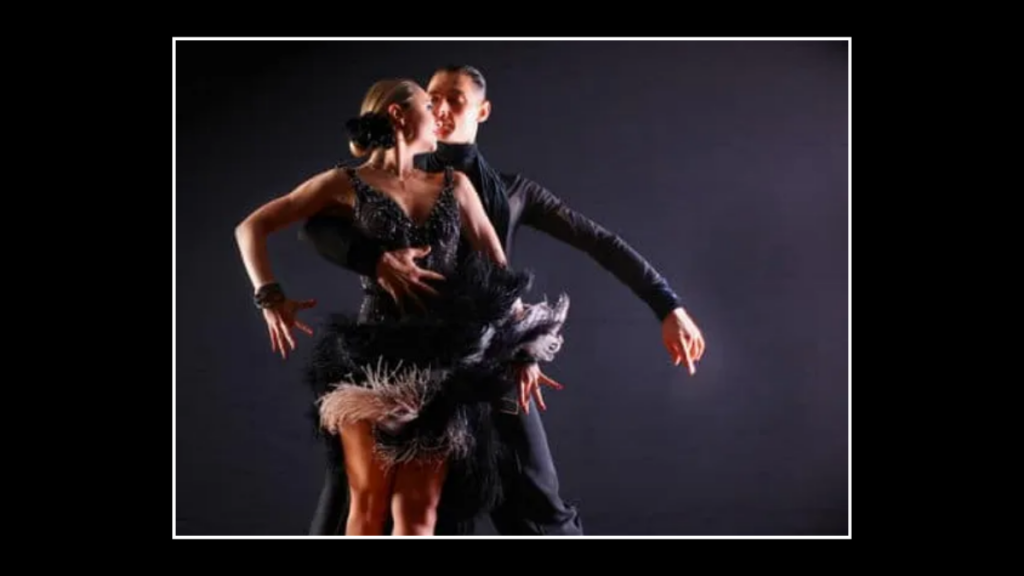Bachata, a genre deeply intertwined with the cultural and emotional landscape of the Dominican Republic, has journeyed from its humble beginnings to become a global phenomenon. With its soulful melodies, heartfelt lyrics, and distinctive dance style, Bachata has captured the hearts of millions around the world. Let’s delve into the rich history of Bachata, tracing its evolution from a marginalized music form to a celebrated genre on the international stage.
The Origins: Bachata’s Dominican Roots
This dance form emerged in the early 20th century in the Dominican Republic, born out of the rural and urban working-class communities. Initially, it was a fusion of bolero, a romantic Latin music genre, with other Afro-Caribbean rhythms such as son, merengue, and Cuban guajira. The music was often played on guitar, maracas, bongos, and güira, creating a sound that was both raw and deeply emotional.
The early themes of Bachata revolved around love, heartbreak, and despair, reflecting the struggles and experiences of the lower-class Dominicans. The lyrics were often melancholic, earning Bachata the nickname ‘música de amargue’ or ‘music of bitterness’. Because of its association with poverty and its often sexually explicit lyrics, this dance was initially shunned by the Dominican elite and mainstream media, relegated to the margins of society.

The Struggle for Acceptance
For many years, Bachata was considered music for the poor, often played in brothels, bars, and small social gatherings. It faced significant stigma, with the upper classes and the government largely ignoring or outright rejecting the genre. Despite this, it persisted, evolving in style and gaining a dedicated following among the working-class population.
The turning point for Bachata’s acceptance came in the 1980s, thanks to artists like Blas Durán and Juan Luis Guerra. Blas Durán introduced the electric guitar to Bachata, giving it a more modern and polished sound that appealed to a broader audience. Meanwhile, Juan Luis Guerra, already a celebrated artist in Latin America, released the album ‘Bachata Rosa’ in 1990, which became a commercial success and brought Bachata into the mainstream.
Guerra’s sophisticated and poetic approach, combined with his international appeal, helped to elevate the genre’s status. The success of ‘Bachata Rosa’ marked a significant shift in public perception, allowing it to break free from its previous stigma and gain recognition as a legitimate and respected music genre.

Global Expansion
The 1990s and 2000s saw Bachata expanding beyond the borders of the Dominican Republic, as Dominican immigrants brought the music and dance to the United States, particularly in New York City. It was here that Bachata began to fuse with other Latin and urban music styles, leading to the development of modern Bachata.
One of the most influential groups in this period was Aventura, led by Romeo Santos. Aventura’s innovative approach blended traditional Bachata with R&B, hip-hop, and pop, creating a new sound that resonated with younger audiences both in the Latino community and beyond. Hits like ‘Obsesión’ and ‘Ella y Yo’ propelled this dance form into the global spotlight, making it a mainstay in Latin music charts and dance floors worldwide.
This era also saw the rise of ‘Sensual Bachata,’ a dance style that emphasized close partner connection and smooth, flowing movements, contrasting with the more rhythmic and syncopated traditional Bachata dance. Sensual Bachata gained popularity in Europe and the United States, further spreading the genre’s influence.
Bachata Today: A Genre of Global Resonance
Today, this dance form is a global phenomenon, with a vibrant scene that spans across Latin America, North America, Europe, and beyond. It has diversified into various subgenres, including traditional, modern, and sensual Bachata, each with its own distinct style and audience.
Contemporary Bachata continues to evolve, with artists like Romeo Santos, Prince Royce, and Ozuna blending Bachata with other genres such as reggaeton, trap, and pop. These artists have played a crucial role in keeping the genre fresh and relevant, attracting new generations of fans and dancers.
Moreover, Bachata festivals and dance congresses are held worldwide, celebrating the music and dance in cities from New York to Tokyo, Paris to Sydney. The genre’s ability to adapt and incorporate influences from different cultures while maintaining its core identity has been key to its enduring appeal.
The Enduring Legacy
Bachata’s journey from the marginalized communities of the Dominican Republic to the global stage is a testament to the genre’s resilience, adaptability, and universal appeal. What began as a music of the people, expressing their joys and sorrows, has grown into a celebrated and influential genre that continues to evolve and inspire.
Also Read: Exploring The Passionate Artistry of Flamenco
As Bachata moves forward, it remains deeply rooted in its origins, carrying with it the stories and emotions of those who created it. Whether through the nostalgic chords of a traditional Bachata guitar or the innovative beats of modern fusion, it continues to capture the hearts of listeners and dancers around the world, proving that its journey is far from over.
–Silviya.Y
